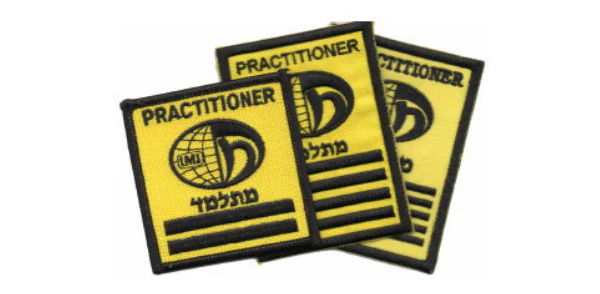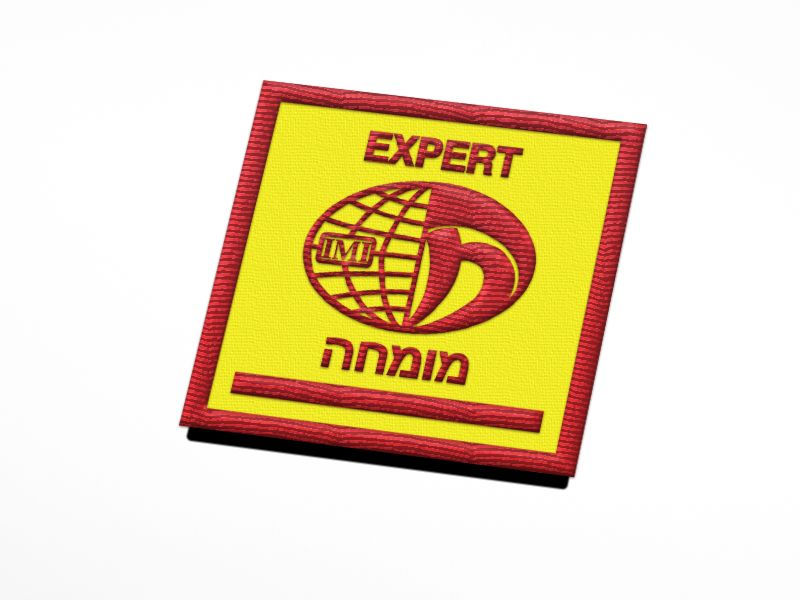How do you Progress in IKMF Krav Maga?
- Jul 15, 2022
- 2 min read
Updated: Oct 9, 2024
The IKMF has 19 levels which provide a framework for learning and building on technique and tactical competency. It has a patch-based, rather than a belt-based, ranking system. Once the physical exam is passed for the level in which the student was training in, a patch is given and worn on the student's pants to show the accomplishment.
The beginner levels of IKMF Krav Maga are "Practitioner" levels 1 through 5 (yellow patches below). The name "Practitioner" was created in order to show progression of a student. Practitioner levels focus on defending against the most common types of attacks and disengaging as quickly as possible. The Practitioner levels take a minimum of 26 classes per level, more often closer to 6-9 months, to feel ready to take their next test. All levels are cumulative meaning all previous levels are also tested as well as the current level. Once a Practitioner passes their first level (P1), they are given a yellow patch with 1 stripe representing level 1. Each level receives an additional stripe.

"Graduate" levels 1 through 5 (blue patches below) show greater understanding and competence of all technique, also opening up different opportunities for training in the IKMF. As students get into higher levels, more time is required to perfect all technique taught and to become proficient enough to pass the exam. G levels focus more on disarming weapons and handling different types of weapons such as handgun and rifles.

"Expert" levels 1 through 5 (gold patch with yellow lettering), show the greatest understanding, application and continued development of skill and often take numerous years to progress from one level to the next.

"Master" levels 1 through 3 are for those who have dedicated their lives to furthering the development of Krav Maga. There are only 3 Master levels worldwide: Avi Moyal (IKMF Chairman), Eli-Ben-Ami and Gabi Noah.
Our students are continually learning and defining their technique to build a strong base of knowledge of self-defence. Our students study, practice and take notes to ensure they understand the technique and why they are doing what they are doing.




